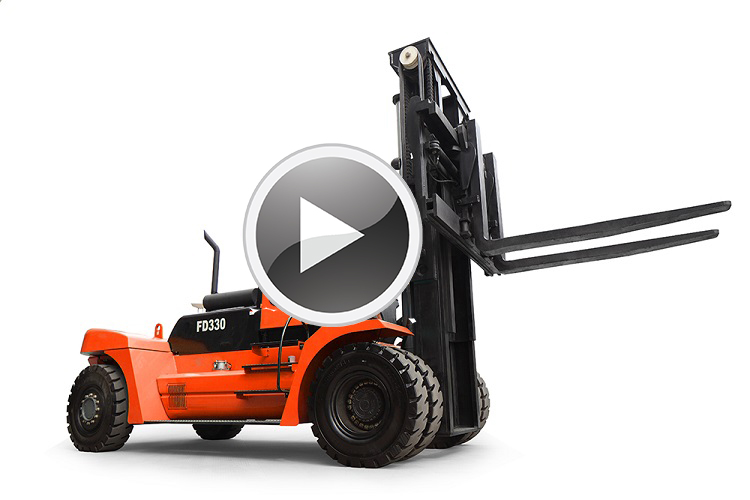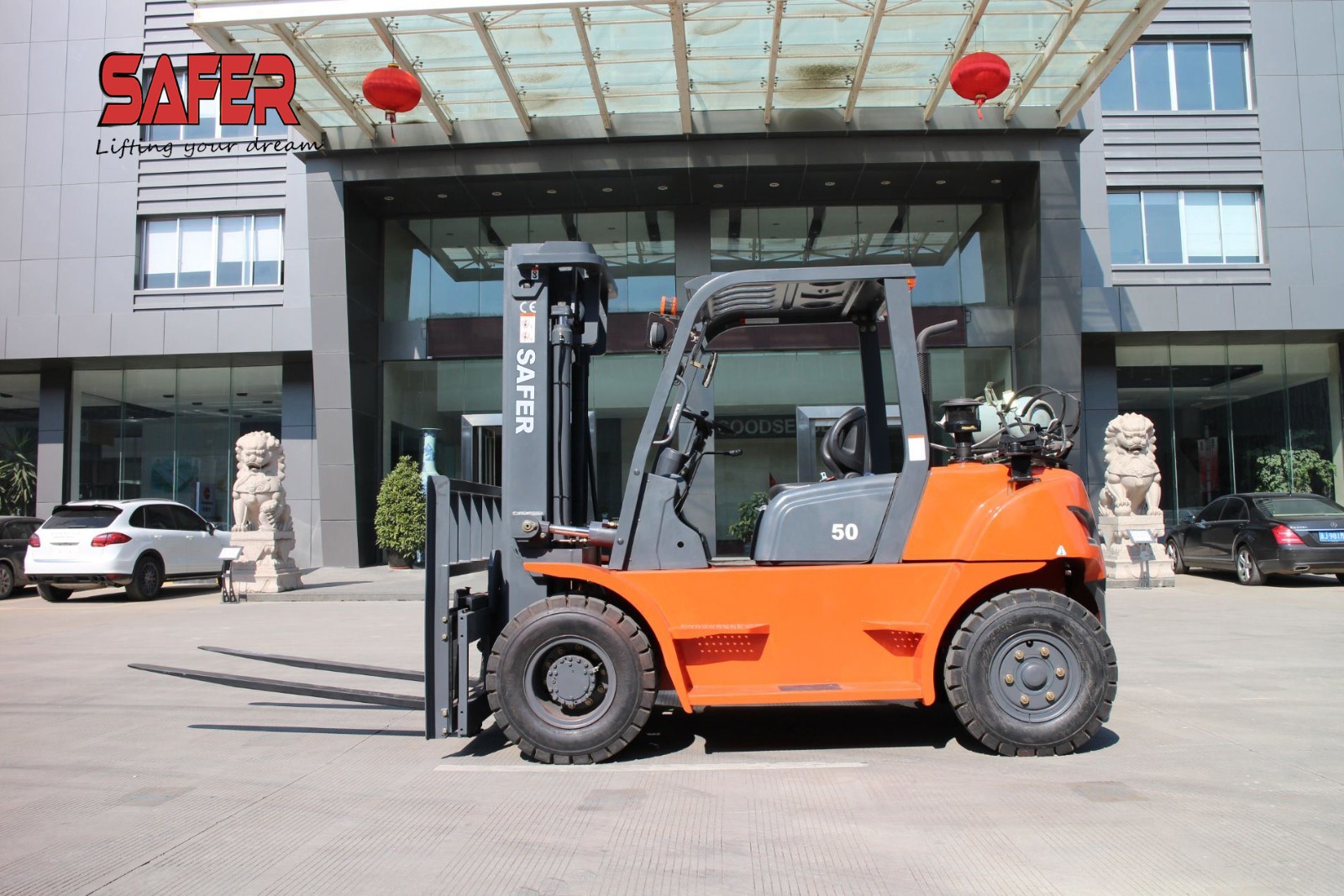(1) Fault phenomenon
The performance of the engine throttle is fully open, and the torque converter inlet oil pressure of the forklift is less than the standard value under zero speed conditions.
(2) Troubleshooting and troubleshooting
First pull out the dipstick and see if the torque converter oil level is between the two engraved lines. If the oil level is normal, check the inlet and outlet lines for leaks. If there is any leak, it should be excluded according to the specific conditions.
If the inlet and outlet pipes are well sealed, check the operation of the torque converter inlet and outlet pressure valves. If the pressure valve cannot be closed, the pressure valve should be removed to check whether the components are worn, whether the oil and oil holes are clear, and whether the spring is permanently deformed. When the part wears beyond the limit, it should be replaced or repaired.
If the pressure valve is working properly, the inlet pipe and filter should be dismantled. If there is any blockage, remove the deposit and clean it. If the tubing is unblocked, the hydraulic pump needs to be overhauled and replaced if necessary.
3. Oil spill
(1) Fault phenomenon
It is manifested as obvious oil leakage traces at the joint surface of the hydraulic torque converter back cover and the pump wheel and the connection between the pump wheel and the hub.
(2) Troubleshooting and troubleshooting
If there is oil droplet leakage at the connection between the torque converter and the engine, a white sheet of paper may be attached to the process hole window. If the oil is sucked from the joint after the engine is started, it may be a bolt at the pump wheel and the pump hub (or a connecting rivet). ) Loose, aging seal, loose oil plug or damaged gasket. At this point, tighten the bolts (or rivet rivets) and check to see if there is still oil leakage. If the oil still leaks, replace the seals.
If there is a large amount of oil leakage at the joint between the torque converter and the engine (the oil is turned outward), the pump wheel cover has cracks. The torque converter should be disassembled and the pump cover should be replaced.
If the oil leakage part is at the filling port or the oil outlet screw plug, first check the tightness of the screw plug. If the screw plug is too loose, retighten it; if the screw plug is not loose, check the threaded hole for cracks.
4. Abnormal sound
(1) The fault phenomenon is manifested by the fact that when the torque converter is working, the metal friction sound or the impact sound is emitted inside.
(2) Fault diagnosis and troubleshooting First check whether the connection fixing bolt of the torque converter and the engine is reliable. If the fixing bolt is loose, it should be tightened and reach the specified torque; if the fixing bolt is properly tightened, part of the hydraulic oil should be released from the torque converter. Check for oil in the oil. If the oil is clean and free of metal powder, the bearing should be loose or worn; if the oil is released with aluminum fine, the internal components are abnormally worn.
5. Driving is weak
(1) The fault phenomenon is manifested by the fact that the forklift is unable to drive and travels slowly after starting the gear and increasing the engine speed.
(2) Fault diagnosis and troubleshooting First check whether the pressure indicated by the gear pressure gauge is within the normal range. If the pressure is too low, find the influencing factor according to the second fault. If the pressure is normal and the drive is weak, it may be that the internal seal ring of the torque converter is damaged, the pump wheel is worn out, or the turbine blades are damaged.
A fault in the transmission friction clutch can also cause a weak ride. At this time, the friction clutch end cover can be removed to check whether the sealing ring is worn or aged, and whether the end cover has a groove, which can be replaced or repaired as appropriate. If the friction clutch is working properly, the torque converter should be disassembled to check the wear of the seal ring, turbine and pump wheel.
It is not possible to drive after starting the engine. It may also be that the torque converter inlet and outlet pressure valve spools are stuck or the clutch is not locked. The inlet and outlet valves can be removed to check whether the spool is stuck. If there is a stuck phenomenon, it should be cleaned to make it move freely. If necessary, the hydraulic oil should be replaced. If the spool is good, the clutch may be “locked”. If it does not catch up, the clutch should be disassembled to eliminate the fault.
Pre:The secondary maintenance of diesel forklifts is 20 standards, and it has been quickly collected!
Next:How to properly maintain the forklift when changing seasons


